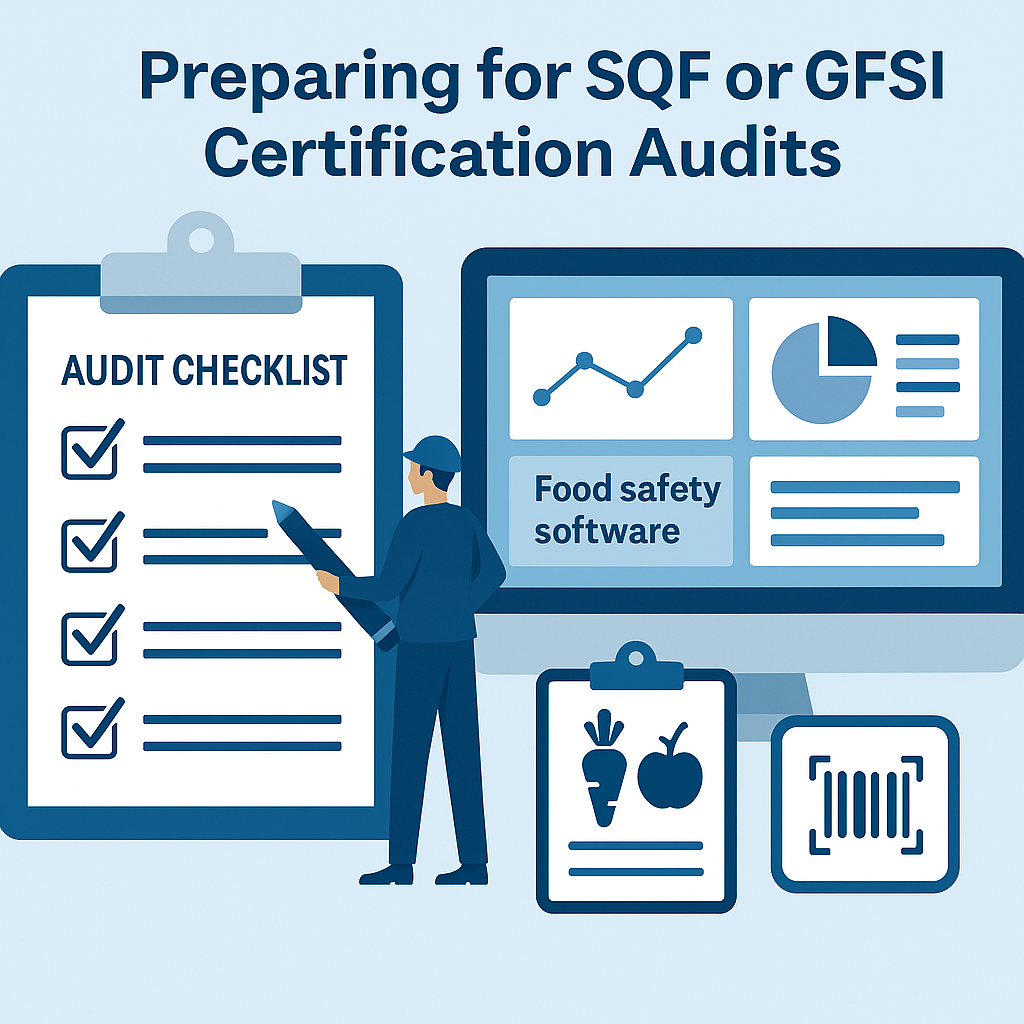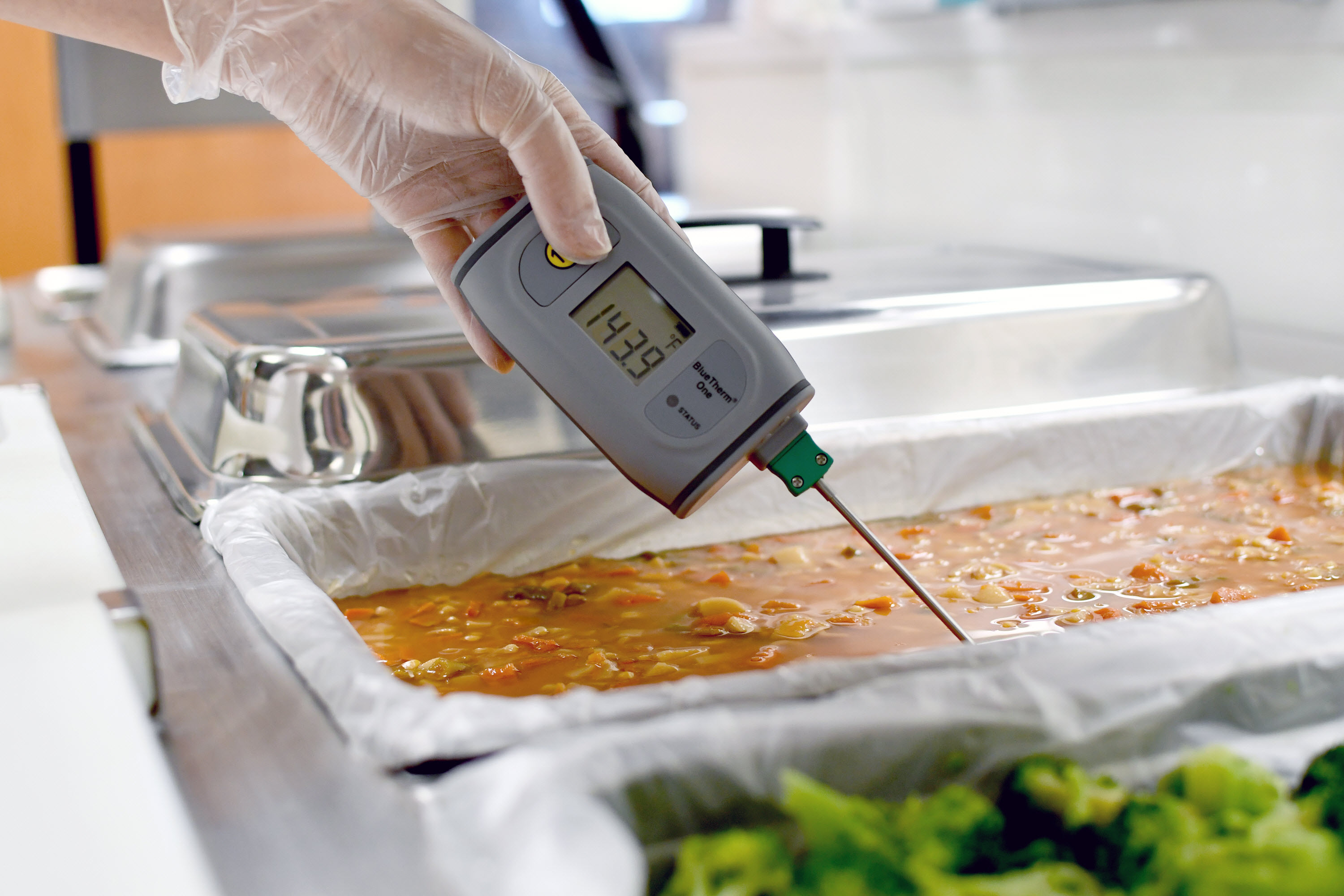Digitizing Quality Control in the Food Industry: A Step Toward Safer, Smarter Operations
The food industry is undergoing a digital transformation, driven by increasing regulatory scrutiny, rising consumer expectations, and the need for operational efficiency. Quality control—once dominated by paper checklists, spreadsheets, and manual processes—is now evolving through digitization. For food safety professionals and C-level executives, this shift offers both a challenge and an opportunity: to rethink traditional approaches and embrace food safety software that enhances accuracy, transparency, and compliance.
As global supply chains become more complex and food safety regulations more stringent, digitizing quality control has become essential to ensure consistent product quality, maintain compliance, and uphold brand integrity.
Understanding the Need for Digital Quality Control
Quality control in the food industry refers to the systematic procedures put in place to ensure that food products meet defined safety, quality, and regulatory standards. Historically, these systems relied heavily on manual inspections, logs, and audits. While these methods can be effective, they are prone to human error, delays in reporting, and difficulties in data retrieval and analysis.
Modern food production environments demand more. Real-time data, traceability, predictive analytics, and centralized control are fast becoming non-negotiable for success.
Here’s why digitizing quality control is no longer optional:
- Increased Regulatory Pressure: Standards like SQF, BRCGS, and FSMA require meticulous documentation and rapid traceability.
- Globalized Supply Chains: With suppliers spanning across continents, it's critical to have real-time oversight and documentation.
- Consumer Expectations: Transparency in sourcing, production practices, and safety has become a competitive differentiator.
- Operational Efficiency: Manual systems slow down audits, increase labor costs, and make trend analysis nearly impossible.
By leveraging food traceability software and digital quality tools, food businesses can move from reactive to proactive quality management.
Key Benefits of Digitizing Quality Control
1. Real-Time Monitoring and Alerts
Digital systems allow instant tracking of quality metrics. Whether it’s temperature fluctuations in cold storage or hygiene compliance during production, deviations can trigger automatic alerts, reducing the risk of non-conformities.
2. Standardization Across Facilities
Organizations with multiple production units or facilities benefit from having centralized templates and protocols. A digital system ensures uniformity in audits, checklists, and corrective actions.
3. Improved Traceability and Audit Readiness
Traceability becomes seamless when every step—procurement, production, packaging—is logged automatically. During audits, required documentation can be pulled up instantly without sifting through paper records.
4. Data-Driven Decision Making
Historical data, trend analysis, and automated reporting help identify recurring issues and evaluate supplier performance. This empowers food safety teams to make better strategic decisions.
5. Cost Reduction
Automating processes reduces labor costs, minimizes wastage due to human errors, and shortens downtime caused by corrective actions.
A Step-by-Step Approach to Digitizing Quality Control
Transitioning to digital quality control doesn’t have to be overwhelming. Here's a structured approach to guide your organization through the process:
Step 1: Conduct a Quality Control Process Audit
Begin by mapping out your existing quality control process. Identify where data is being collected, how it is recorded, who is responsible, and what tools are being used. Look for inefficiencies, redundancies, or areas that are prone to error.
Step 2: Define Key Objectives
Clarify what you aim to achieve through digitization—whether it’s reducing audit preparation time, increasing compliance accuracy, or integrating food safety with supplier management.
Step 3: Choose the Right Food Safety Software
Look for solutions that align with your needs—modular, scalable, compliant with global standards, and user-friendly. Ideally, the software should include features such as:
- HACCP planning tools
- Digital checklists and logs
- Automated alerts
- Real-time dashboards
- Supplier management
- Food traceability
Step 4: Digitize Core Workflows
Start with high-impact processes such as sanitation, temperature monitoring, allergen control, or pre-operational checklists. Gradually expand to other areas like supplier verification and complaint handling.
Step 5: Train Teams and Assign Roles
Digital systems are only as effective as their users. Train your quality, operations, and IT teams on how to use the new tools. Appoint system administrators and champions for each facility to ensure adoption and troubleshoot issues.
Step 6: Integrate and Streamline Data Flows
Where possible, integrate your digital quality control platform with your ERP, inventory management, or IoT-based monitoring systems. This ensures a smooth flow of data and reduces duplication.
Step 7: Monitor, Optimize, and Scale
Review system performance regularly. Use analytics dashboards to monitor trends, analyze root causes, and implement preventive actions. Scale your digital program to new facilities or functions based on success metrics.
Real-World Use Case: From Manual Logs to Real-Time Compliance
Case Study Snapshot:
A mid-sized poultry processor faced recurring challenges during third-party audits. Their paper logs were inconsistent, and training gaps led to frequent non-conformities. After adopting a food safety software platform:
- Pre-operational checklists were completed via tablets.
- Staff received automated reminders for critical control point checks.
- Data was stored in a centralized cloud repository.
- The company reduced audit prep time from 3 weeks to 3 hours.
The result? Successful SQF re-certification, a 40% reduction in quality incidents, and increased buyer confidence.
Future Outlook: Digital Quality as a Competitive Edge
As global food supply chains grow and evolve, digitization is no longer a differentiator—it’s a requirement. Regulatory bodies are pushing for transparency and real-time traceability. Retailers and consumers are demanding proof of quality. Digitally mature food businesses will be better equipped to manage recalls, satisfy audits, and build long-term trust.
Embracing food safety technology is not just about compliance—it's about resilience, agility, and strategic growth.
Conclusion
Digitizing quality control is one of the smartest investments food companies can make today. It’s a strategic move toward enhanced compliance, operational efficiency, and brand protection. By adopting food safety software and food traceability solutions, you can transform your quality program into a data-driven, agile, and audit-ready system.
Whether you're a QA manager at a mid-sized manufacturing plant or a CEO overseeing multiple facilities, now is the time to lead the digital transformation of your quality processes.
Ready to see how digitized quality control can transform your operations? Book a free demo today.
Let us show you how our platform helps food companies stay ahead of audits, streamline compliance, and build a culture of safety.







